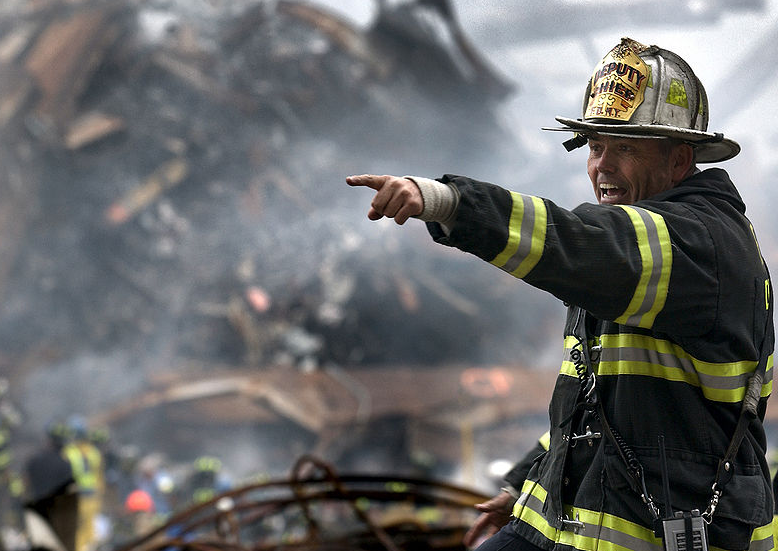by Belle Carter, Natural News:
 The Lahaina residents, using their own water hoses, battled hard with the raging wildfire in Maui to help out the local fire department when the blaze jumped containment near a residential neighborhood. At one point, it appeared they were winning until the water supply was cut off.
The Lahaina residents, using their own water hoses, battled hard with the raging wildfire in Maui to help out the local fire department when the blaze jumped containment near a residential neighborhood. At one point, it appeared they were winning until the water supply was cut off.
Ross Hart, a resident of Maui for the last 40 years, recalled how he and his neighbors were fighting, keeping the blaze at bay, keeping it off of the properties, then the water shut off. “Even the firemen that were patrolling could not refill their trucks. The fire just grew. The sparks started blowing over, and it just beat us in the end,” Hart lamented. After the water went out, he said there was nothing they could do but to get in their cars and leave the place, only to come back in the morning to see the whole place all burned down and leveled.
TRUTH LIVES on at https://sgtreport.tv/
When the fire came, the water shut off#Lahaina#Maui pic.twitter.com/k2r0C2VhZl
— Momo (@Momootjem2) August 15, 2023
He told the New York Times, “You can’t fight fire when you don’t have water… Just throwing dirt on it doesn’t cut it.”
According to the report, the blaze took root among homes along the hillside nearly a mile above the center of town and the fire crews encountered increasingly feeble water pressure, with the wind turning the streams into mist. Then, as the fire stoked by hurricane-force gusts grew, roaring further toward the historic center of town on the island of Maui, the hydrants sputtered and became largely useless.
Firefighter Keahi Ho confirmed: “There was just no water in the hydrants.”
Another resident, Edwin Lindsey III, a firefighter who also lost his home to the fire, sits on the county’s Board of Water Supply. According to him, he spoke with a firefighter who said it had been demoralizing for crews to watch the advance of the fire with little ability to slow it. Lindsey said he hoped that the water issues, one of several challenges the community faced, including a struggle to evacuate all residents, would be part of a larger discussion about lessons from the fire.
The news outlet further said that the water system in Lahaina relies on both surface water from a creek and groundwater pumped from wells. The local and state officials blame the persistent drought conditions combined with population growth so they claimed to be exploring ways to shore up water supplies. A new well was dug two months ago to increase capacity, they said.
Reports list this occurrence as the “deadliest wildfire in the U.S. in more than a century and the worst natural disaster in the state of Hawaii’s history.”
Last week, President Joe Biden declared a major disaster in Hawaii, unlocking emergency assistance for the island, including grants for temporary housing and home repair and low-cost loans to cover uninsured property losses. According to Hawaii Governor Josh Green, more than 500 hotel rooms and 435 donated rentals are available to temporarily house people and Airbnb will provide more than 1,000 units.
First-hand witnesses believe the disaster was planned
Investigators believe that the deadly wildfire that raged under control started due to electricity failures and not by natural causes.
Mikal Watts, who has won millions of dollars in settlements in other wildfire cases, commented that all evidence – videos, witness accounts, burn progression, and utility equipment remaining – points to Hawaiian Electric’s equipment being the ignition source of the fire that devastated Lahaina.
People were also wondering as there were no outdoor warning sirens set off by either local or state emergency agencies. The locals only depended on emergency warnings via mobile device alerts, local radio and TV stations, and Maui County’s notification system for subscribed residents, which they believe were not adequate.
An anonymous whistleblower, who was informed by someone in the Mayor’s office, came out to reveal that developments are being kept from the public.



